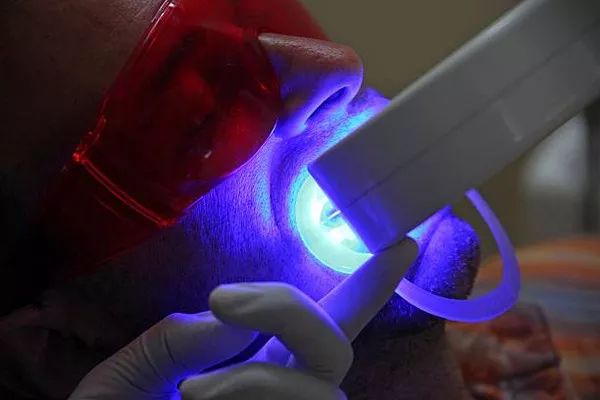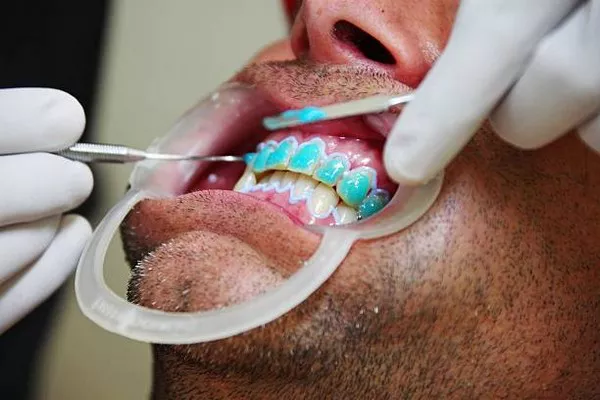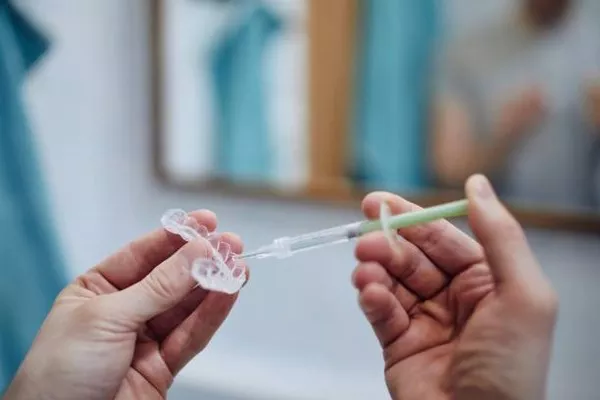Teeth stains are a common dental issue that affects many people, with varying degrees of severity. Teeth staining can occur due to lifestyle choices, dietary habits, and other factors such as poor oral hygiene. While there are many methods to remove teeth stains, choosing the best one requires an understanding of the underlying causes and the effectiveness of various treatments. In this article, we will discuss the best ways to remove teeth stains and provide insights into the scientific evidence supporting each method.
Understanding the Causes of Teeth Stains:
Before discussing the various methods to remove teeth stains, it is essential to understand the different types of teeth stains and the underlying causes. There are two primary categories of teeth stains: extrinsic and intrinsic.
Extrinsic stains are surface-level stains that occur due to exposure to external factors such as food, drinks, and tobacco products. These stains can usually be removed through regular brushing and flossing, as well as professional cleaning. Intrinsic stains, on the other hand, occur within the tooth itself and may require more intensive treatment to remove.
The most common causes of teeth staining include:
- Poor Oral Hygiene: Inadequate brushing and flossing can lead to plaque buildup, which can cause staining and discoloration.
- Tobacco Use: Smoking or using tobacco products can cause yellowing and other types of teeth discoloration.
- Aging: As we age, the enamel on our teeth wears down, exposing the yellow dentin layer underneath.
- Diet: Consuming foods and beverages that are highly pigmented, such as coffee, tea, red wine, and cola can cause staining.
- Medications: Certain medications, such as tetracycline and doxycycline, can cause teeth staining.
Understanding the underlying causes can help you choose the best method for removing teeth stains.
Professional Teeth Whitening:
Professional teeth whitening is the most effective way to remove teeth stains. This procedure is performed by a dentist or a certified dental professional who uses specialized equipment to whiten your teeth. The process involves applying a bleaching agent on your teeth to remove the stains. The process can take up to an hour or more depending on the severity of the stains.
Professional teeth whitening can remove surface stains as well as deep stains that cannot be removed by over-the-counter products. There are two types of professional teeth whitening: in-office and at-home treatments. In-office treatments use stronger bleaching agents and can produce faster and more dramatic results. At-home treatments involve using customized trays filled with a weaker bleaching agent that you wear for several hours per day for a few weeks.
At-home Teeth Whitening Products:
There are several at-home teeth whitening products available in the market that can help remove teeth stains. These products include whitening toothpaste, strips, gels, and trays. Whitening toothpaste contains abrasive particles that gently scrub away surface stains. Teeth whitening strips and trays contain a bleaching agent that can penetrate the enamel of the teeth to remove deeper stains. Teeth whitening gels are applied directly to the teeth and left for a specific amount of time before being rinsed off.
While these products are less expensive than professional teeth whitening, they may not be as effective. Additionally, some at-home teeth whitening products can cause tooth sensitivity or gum irritation.
Natural Remedies:
Several natural remedies can help remove teeth stains. These remedies include brushing with baking soda, using hydrogen peroxide, and oil pulling. Brushing with baking soda helps remove surface stains. Hydrogen peroxide has bleaching properties that can help remove deeper stains. Oil pulling involves swishing oil in your mouth for several minutes to remove bacteria and plaque that can cause teeth stains.
While natural remedies can be effective, it is essential to note that they may not produce the same results as professional teeth whitening or at-home whitening products. Additionally, some natural remedies can cause damage to your teeth or gums if used excessively.
Healthy Diet:
Consuming a healthy diet can help prevent teeth stains. Foods that are high in sugar and carbohydrates can cause plaque buildup and tooth decay, leading to stained teeth. Consuming foods that are rich in vitamins and minerals such as calcium, vitamin D, and phosphorous can help strengthen your teeth and prevent stains.
Good Oral Hygiene:
Maintaining good oral hygiene is crucial in preventing teeth stains. Brushing your teeth twice a day, flossing daily, and visiting your dentist regularly can help prevent plaque buildup and tooth decay that can cause stains on your teeth.
Conclusion:
Teeth staining is a common issue that affects many people. Understanding the underlying causes of teeth stains can help you choose the best method for removing them. Professional teeth whitening is the most effective way to remove teeth stains, followed by at-home teeth whitening products and natural remedies. Consuming a healthy diet and maintaining good oral hygiene can also help prevent teeth stains from occurring. By following these methods
Related Topics:































